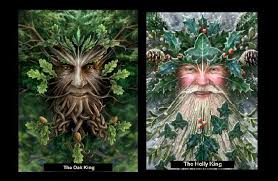Fairy Circles

On this magical New Years Eve my mind wanders to a circle of fungi that until recently could be viewed in the grass in front of my house - my own Fairy Circle. Now that a sprinkling snow has arrived why has the fungi vanished? This distinct ring of toadstools arrived in October, disappeared in December. Was it Mr. Pheasant who, with his hareem, regularly pecks away at the sward? Maybe the frosts eat away the fungi? Toadstools and mushrooms have survival structures to withstand harsh weather conditions. Perhaps an elf took away my fairy ring? Today in bright sunlight when snowfall has obliterated the grass, I look at many Beatrix Potter's illustrations to see whether she drew toadstools in snow. A captivating collection of 250 illustrations by Beatrix Potter (1866-1943) can be found at the Armitt Museum and Library in Ambleside, Cumbria. Today I look online at www.armitt.com . Exquisite botanical drawings and water colours tell the story of an entrepreneur, farmer





